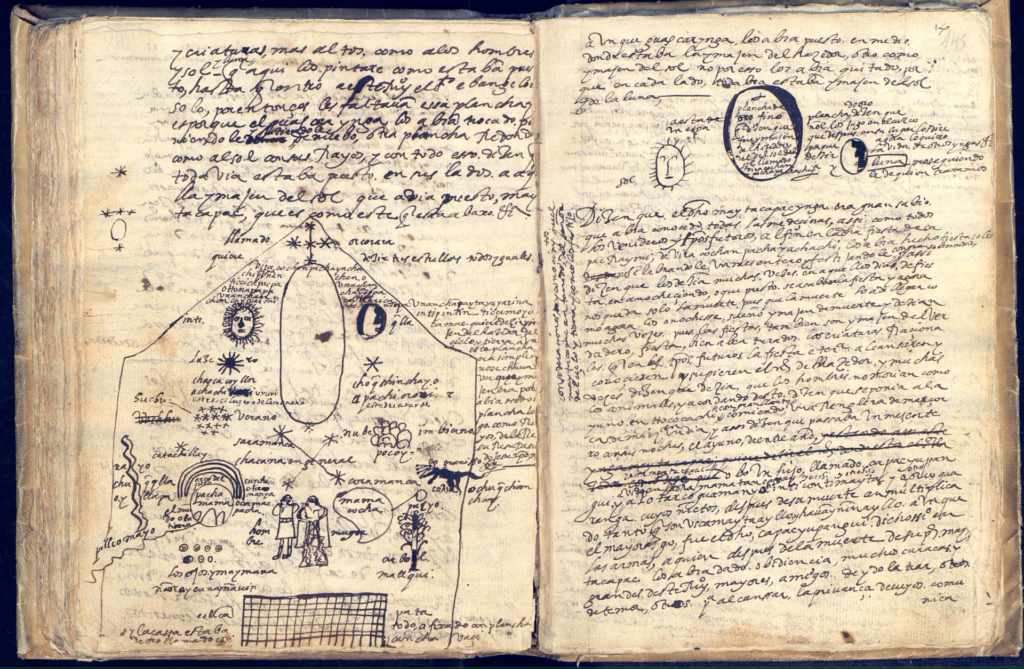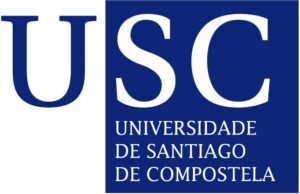PaCorES:
Spanish Online Parallel Corpora / Parallel Corpora of Spanish

The PaCorES project was created with the aim of building a collection of bidirectional parallel bilingual corpora with Spanish as the core language, and is the only existing project of its kind. It also offers a Chinese-Spanish corpus, which is very promising in terms of its potential number of users.
Currently, the PaCorES core corpora include a collection of contemporary prose texts, mostly fiction. These types of texts are very poorly represented in the parallel corpora because they are difficult to obtain. They are of proven quality because they have been edited and translated by professionals. All text processing, including alignment, has undergone a thorough review.
The texts are accompanied by complete metadata, which include not only full bibliographic information but also other data such as the original language, whether it is a direct translation or not, the name of the translator and his or her interventions.
The corpora in the PaCorES collection are fully accessible and stable, and can be freely consulted online. Stability is ensured by the fact that PaCorES corpora are successively published in clearly identified versions, so that researchers can unambiguously document their empirical basis.
The corpora that make up the collection are, in order of creation
1) El Parallel Corpus German <>Spanish, PaGeS
2) El Parallel Corpus English<>Spanish, PaEnS,
3) El Parallel Corpus Chinese<>Spanish, PaCheS
4) El Parallel Corpus French<>Spanish, PaFreS
As this is a work in progress, started in 2015, the different corpora are at different stages of realisation. Consequently, they differ not only in size, but also in the types of texts indexed. However, the general guidelines for compiling the different corpora are the same in all of them.
In PaCorEs there are two large, distinct groups of data: the first consists of the core corpora and the second of the so-called supplements. The two groups differ in their characteristics, the processing procedures they undergo and the degree of revision carried out during the different processing phases.





